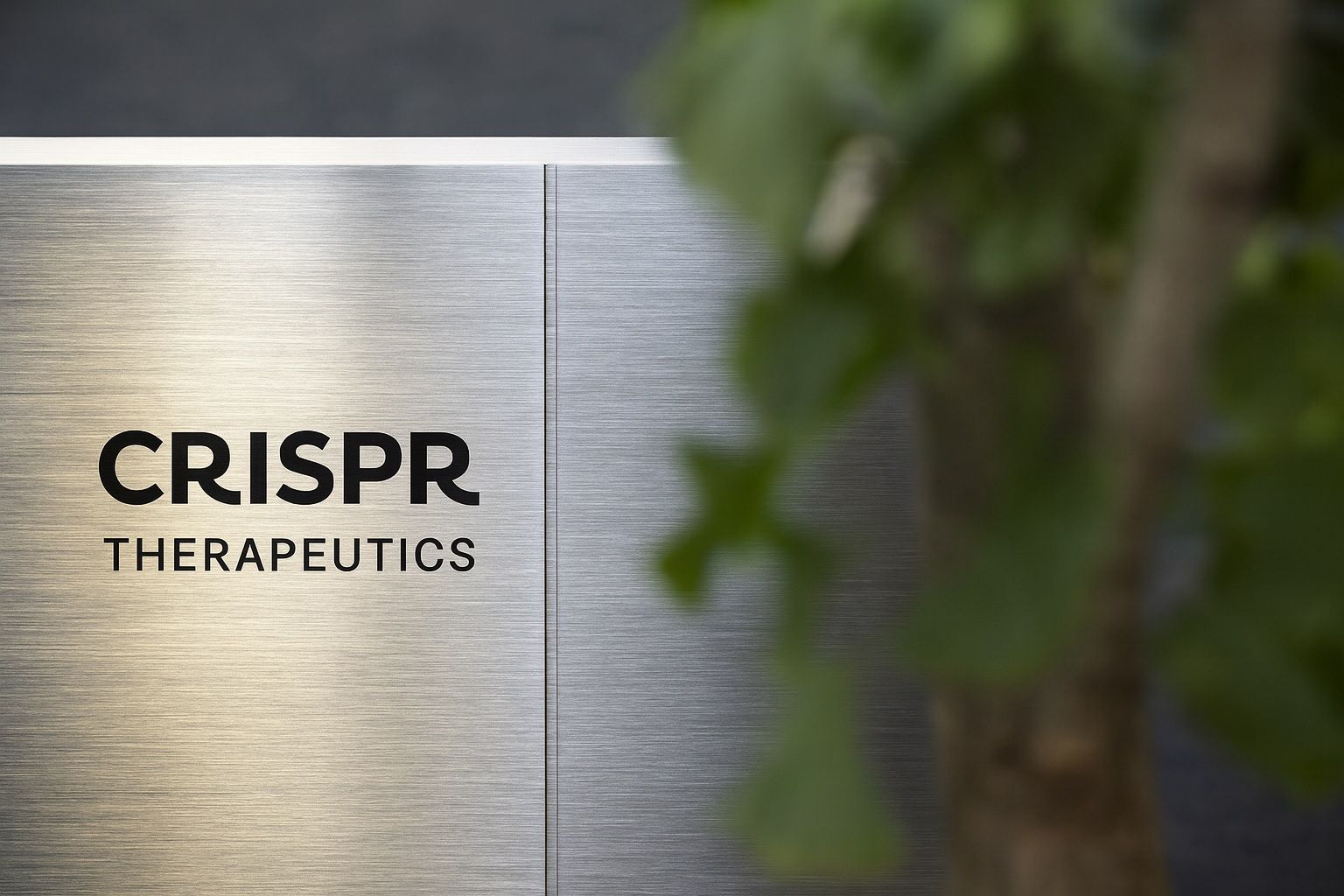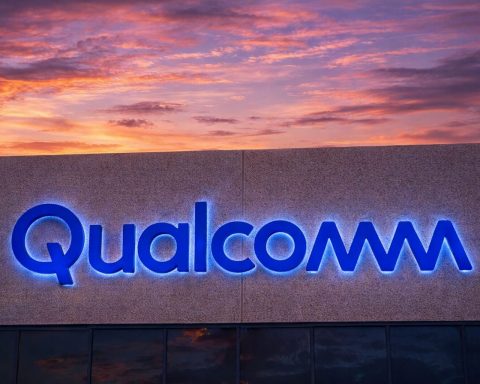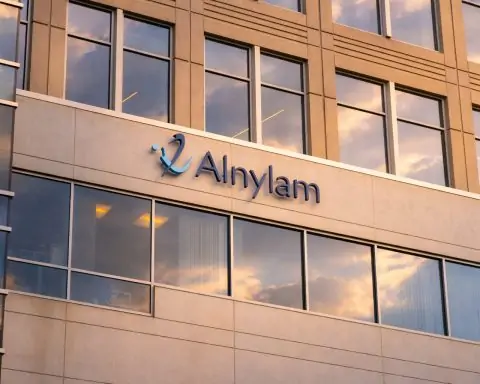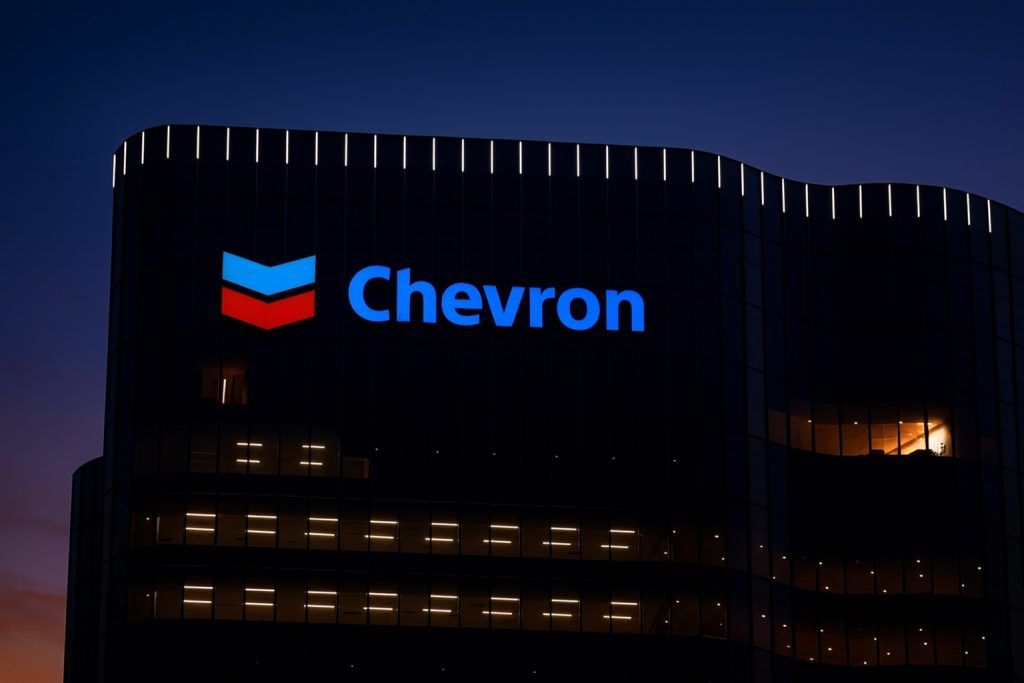- Stock near $69, strong YTD gains: CRISPR Therapeutics (NASDAQ: CRSP) shares traded around $69 in mid-October 2025 [1] [2]. The stock is up roughly 40–45% over the past 12 months [3] [4]. Shares hit a 2025 high near $78 before a modest pullback.
- Bullish analyst outlook: Bank of America recently raised its CRSP price target to $93 (from $78), implying about 36% upside [5]. On October 17, BofA maintained a Buy rating, and ten analysts rate CRSP a Buy (with several Holds/Sells) [6] [7]. The consensus one-year target is in the high-$70s [8] [9].
- Big share offering ahead: In an SEC filing on Oct 15, 2025, CRISPR announced it will raise up to $600 million by selling new shares (via an existing agreement with Jefferies) [10]. The move – similar to a 2024 shelf offering – could dilute existing shares and reflects heavy R&D spending.
- New clinical data on SyNTase platform: CRISPR reported preclinical success with its novel SyNTase gene-editing system. In animal models of alpha-1 antitrypsin deficiency, the lead candidate CTX460 achieved >90% gene correction and a 5× increase in serum AAT levels [11]. CMO Dr. Naimish Patel said these results “demonstrate the potential of CTX460…to correct the mutation with precision and efficiency,” supporting a potential best-in-class profile [12]. The company plans to begin CTX460’s first human trial in mid-2026.
- Pipeline and commercial wins: CRISPR’s partner-backed therapy Casgevy (for sickle-cell and beta-thalassemia) continues to scale – it has now activated 75 treatment centers worldwide with ~115 patients having collected cells [13]. Early in-vivo programs are also advancing: for example, CRSP’s LNP-delivered CTX310 (targeting ANGPTL3) has shown ~82% triglyceride and ~86% LDL reductions in Phase 1 data [14]. The company is also advancing trials of CTX320 (Lp(a) lowering) and early studies of CTX340 (hypertension) and CTX450 (porphyria) [15] [16].
- Policy and industry context: Access to Casgevy is improving – e.g. Texas Medicaid loosened prior-authorization rules (no matched donor needed) [17]. Gene-editing is attracting big deals: Eli Lilly agreed to buy Verve Therapeutics (base-editing for cardiovascular disease) for up to $1.3 billion [18], underscoring strong investor interest in the space.
Clinical and Pipeline Progress
CRISPR Therapeutics has reported a string of positive R&D updates in recent weeks. On October 10, 2025, CRSP presented preclinical results for CTX460, its SyNTase-based therapy for alpha-1 antitrypsin deficiency (AATD). The data – highlighted at the ESGCT conference – showed that a single dose of CTX460 delivered by lipid nanoparticles corrected the disease-causing mutation in >90% of liver cells and boosted functional AAT protein ~5-fold in animal models [19]. “The preclinical results demonstrate the potential of CTX460, developed using our novel SyNTase editing platform, to correct the mutation with precision and efficiency,” said CRISPR CMO Dr. Naimish Patel [20]. These findings suggest a “best-in-class” approach to addressing AATD’s underlying cause, and the company aims to start a first-in-human trial in mid-2026.
Beyond AATD, CRISPR is advancing its in vivo cardiovascular and metabolic programs. In September 2025 the company announced that its ANGPTL3-targeting therapy CTX310 would be featured at the American Heart Association meeting. CTX310 (delivered via CRSP’s proprietary LNP) is designed to lower triglycerides and LDL cholesterol. Early data for CTX310 from a Phase 1 trial are already encouraging: one CRISPR business update cited up to 82% triglyceride reduction and 86% LDL reduction in treated patients [21]. The company is also conducting trials of CTX320 (targeting lipoprotein(a)) and has preclinical programs CTX340 (targeting angiotensinogen for resistant hypertension) and CTX450 (for acute hepatic porphyria) in its pipeline [22] [23]. These in vivo gene-editing candidates have large potential patient pools if approved.
On the commercial front, CRISPR’s partner Vertex has successfully launched Casgevy® (exagamglogene autotemcel), CRISPR’s first approved CRISPR-based therapy for sickle cell disease and beta-thalassemia. Casgevy met its rollout goals: as of Q2 2025 it has 75 authorized treatment centers globally, with roughly 115 patients having completed stem cell collection and 29 patients infused so far [24]. The therapy’s steep $2.2 million price tag per patient could yield blockbuster revenues as adoption grows. CRISPR’s CEO Samarth Kulkarni noted in August that Casgevy momentum is “building” and highlighted these numbers alongside CTX310’s early efficacy data [25]. Improved reimbursement rules (e.g. Texas Medicaid’s relaxed criteria) and broadening eligibility (via collaborations on gentler conditioning regimens) may expand Casgevy’s reach [26] [27].
CRISPR also has diversification efforts in other areas. For example, CRSP and Sirius Therapeutics reported that the first patient was dosed in a Phase 2 trial of SRSD107, a small-interfering RNA (siRNA) that aims to prevent blood clots by lowering Factor XI. The Phase 1 data for SRSD107 were already strong (>93% FXI reduction) [28]. Such initiatives – along with oncology/autoimmune programs (CTX112, CTX131) – show the company is building a broad gene-therapy portfolio.
Financials and Fundraising
CRISPR Therapeutics is still unprofitable and funding its growth through a mix of cash reserves and equity raises. In Q2 2025 the company reported only $0.9 million in revenue (mostly from collaborations) against heavy R&D and operating expenses [29]. The net loss was $208.5 million, and cash burn remains significant. However, CRISPR ended June 2025 with roughly $1.7 billion in cash and equivalents [30], enough to fund operations into 2027 by management’s estimate [31]. (The company also took a large non-cash charge of ~$96 million in Q2 for an in-process R&D asset from its Capsida collaboration [32].)
To supplement its liquidity, CRISPR filed an SEC prospectus on Oct 15, 2025 to offer up to $600 million of new common shares [33]. Under the plan, shares can be sold over time in the open market through Jefferies (the placement agent) via an existing shelf registration. This move is intended to ensure funding for CRISPR’s pipeline, but it may dilute existing shareholders and introduce stock selling pressure. Investors will be watching closely how quickly the company draws down cash on its various programs (gene-editing therapies, LNP candidates, manufacturing scale-up, etc.) versus how fast revenue from products like Casgevy ramps.
Despite losses, analysts note that CRISPR’s asset-lite model (partner-funded R&D with Vertex and others) and high exit valuations for gene-editing projects lend support to its long-term value. For example, the market clearly rewards promising progress in this sector: Eli Lilly’s pending acquisition of Verve Therapeutics (a CRSP peer focused on base editing for cholesterol) for up to $1.3 billion is a recent example of robust investor interest [34]. Similarly, DelveInsight and other industry reports forecast rapid growth in the overall gene-editing market over the next decade.
Stock Performance and Analyst Outlook
CRISPR’s stock has volatility reflecting its high-risk/high-reward profile. The share price has climbed strongly in 2025: Simply Wall St notes CRSP is up about 66.9% year-to-date [35] (with a one-year total return of ~41%). Technical indicators are bullish – e.g. the stock is well above its 50-day and 200-day moving averages [36]. On October 8, 2025, TS2.Tech reported that CRSP shares had surged roughly 50% from spring lows on the back of pipeline excitement [37]. However, CRSP remains far below its all-time highs (50-week range $30 to $78 [38]), and the recent $600M offering news has put some pressure on the price.
Analysts’ expectations reflect this mix of promise and uncertainty. Consensus Price Targets: According to data aggregated by Nasdaq/Fintel, the average one-year target is about $80–81 [39] (roughly 15–17% above current levels), with an analyst range from $32 up to a sky-high $268 [40]. On Oct 17, Bank of America’s Geoff Meacham reiterated a Buy on CRISPR and increased his target to $93 [41], citing strong catalysts ahead. MarketBeat reported that this new target implies ~35.9% upside from then-current prices [42]. Overall, about 25 analysts (15 Buys, 9 Holds, 1 Sell) cover CRSP [43]. Some boutique biotech investors (e.g. Directorstalk) have similarly bullish calls, noting the wide potential range and the stock’s relative strength [44]. By contrast, some value-focused outlets label CRISPR “expensive” on current earnings but concede momentum remains strong (AAII scored it 80/100 for momentum) [45].
In recent days (mid-Oct 2025), CRSP has traded in the high-$60s. For example, MarketBeat noted an opening price of $68.43 on Oct 17 [46]. (Equity indexes were quiet on Oct 18, and final closing price may have been ~$69.) Trading volumes have been moderate – around 1–1.2 million shares per day, consistent with a ~$6.2B market cap [47] [48]. Short interest remains elevated (roughly 26% of float) from earlier. On the positive side, CRISPR remains a major holding of tech/innovation-focused funds (for example, ARK Innovation ETF holds ~8.4% of CRSP [49]).
Expert Predictions
Industry analysts argue CRSP’s future hinges on upcoming catalysts. Near-term drivers include detailed CTX460 data (AATD), CTX310 Phase 2 results, and further Casgevy commercial updates. If any of CRISPR’s therapies – especially in vivo LNP programs – prove safe and effective, investors see enormous upside given the diseases’ large markets. For instance, Motley Fool (via Mitrade) pointed out that even with a limited patient base today, Casgevy’s high price already suggests blockbuster potential, and CRISPR’s pivot to easier in vivo shots could “provide even more upside” [50]. Bank of America’s call embodies this optimism with a 35% gain view.
On the other hand, cautionary voices highlight the cash burn, long timelines and competitive risks. Simply Wall St reminds investors that CRSP is still deeply unprofitable and that any setbacks in trials or regulatory hurdles (common in novel therapies) could hurt confidence [51]. The big share sale plan itself signals that management expects heavy spending ahead, which could weigh on near-term stock performance. Some analysts have lowered near-term revenue forecasts (for example, consensus 2025 revenue estimates fell ~30% this year) [52] as the market waits for proof of commercialization beyond Casgevy.
Gene-Editing Industry and Competitors
CRISPR Therapeutics operates in a hotly contested field of genomic medicine. Major competitors include Intellia Therapeutics (NASDAQ: NTLA) and Editas Medicine (NASDAQ: EDIT), which also develop CRISPR/Cas9 therapies (Intellia with Regeneron for liver diseases, Editas in ophthalmology). Other players, like Beam Therapeutics (BEAM) and Verve Therapeutics (Verve), focus on base editing. (Notably, Verve’s acquisition by Lilly shows big pharma’s willingness to pay up for genetic medicines [53].) Established gene-therapy companies (e.g. Sarepta) and older platforms (ZFN-based Sangamo, etc.) round out the landscape.
In this competitive arena, CRISPR’s edge is its SyNTase platform (a novel genome editor combining Cas9 with a DNA polymerase) and its multiple modalities (cell therapy with Casgevy plus in vivo LNP therapies). Its track record – the first-in-human CRISPR therapy launch and a solid pipeline – gives it a leadership position. However, rivals are also advancing: Intellia has its own in vivo programs (for example, an HAE and an ATTR amyloidosis therapy in Phase III), and Editas is progressing with paired therapies. All face the same challenges: securing regulatory approval, scaling manufacturing, managing safety (off-target editing), and winning payer coverage. Success by one company can boost the sector (by validating the science), but it can also share the market opportunity.
Overall, analysts forecast the gene-editing market will grow substantially. Recent industry reports project the genome-editing sector to roughly double in the next 5 years (e.g. to ~$23.7 billion by 2030 [54] [55]). In this context, CRISPR Therapeutics – with Vertex’s commercialization muscle behind Casgevy and a rich pipeline – is well-positioned for long-term growth. But short-term investors must balance that potential against execution risks and funding needs.
Sources: Recent company releases and filings, market analysis sites (TechStock2, MarketBeat, Nasdaq/Fintel, Simply Wall St), and industry news reports [56] [57] [58] [59]. The stock data and analyst opinions reflect information current as of mid-October 2025.
References
1. www.marketbeat.com, 2. www.indmoney.com, 3. www.indmoney.com, 4. simplywall.st, 5. www.marketbeat.com, 6. www.marketbeat.com, 7. www.marketbeat.com, 8. www.marketbeat.com, 9. www.gurufocus.com, 10. www.tradingview.com, 11. www.globenewswire.com, 12. www.globenewswire.com, 13. www.stocktitan.net, 14. www.stocktitan.net, 15. ts2.tech, 16. www.stocktitan.net, 17. ts2.tech, 18. crisprmedicinenews.com, 19. www.globenewswire.com, 20. www.globenewswire.com, 21. www.stocktitan.net, 22. ts2.tech, 23. www.stocktitan.net, 24. www.stocktitan.net, 25. ts2.tech, 26. ts2.tech, 27. ts2.tech, 28. ts2.tech, 29. ts2.tech, 30. www.stocktitan.net, 31. ts2.tech, 32. ts2.tech, 33. www.tradingview.com, 34. crisprmedicinenews.com, 35. simplywall.st, 36. www.marketbeat.com, 37. ts2.tech, 38. www.marketbeat.com, 39. www.nasdaq.com, 40. www.gurufocus.com, 41. www.marketbeat.com, 42. www.marketbeat.com, 43. www.gurufocus.com, 44. ts2.tech, 45. ts2.tech, 46. www.marketbeat.com, 47. www.marketbeat.com, 48. www.indmoney.com, 49. www.nasdaq.com, 50. ts2.tech, 51. ts2.tech, 52. simplywall.st, 53. crisprmedicinenews.com, 54. simplywall.st, 55. crisprmedicinenews.com, 56. www.globenewswire.com, 57. www.marketbeat.com, 58. www.tradingview.com, 59. www.stocktitan.net







